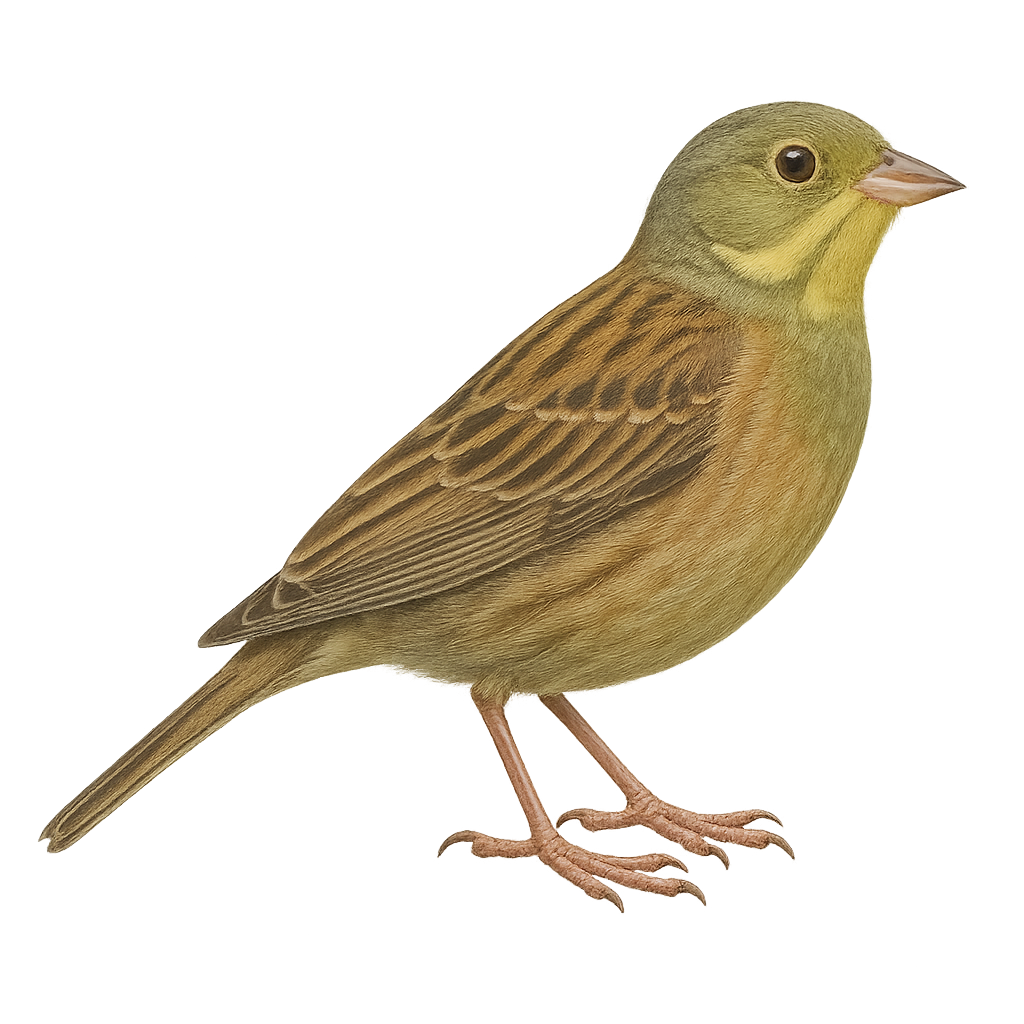Your wildlife photography guide.
Explore the ortolan bunting in detail, study its behavior, prepare your shots.
Where to observe and photograph the ortolan bunting in the wild
Learn where and when to spot the ortolan bunting in the wild, how to identify the species based on distinctive features, and what natural environments it inhabits. The WildlifePhotographer app offers tailored photography tips that reflect the ortolan bunting’s behavior, helping you capture better wildlife images. Explore the full species profile for key information including description, habitat, active periods, and approach techniques.
Ortolan bunting
Scientific name: Emberiza hortulana

IUCN Status: Least Concern
Family: EMBERIZIDAE
Group: Birds
Sensitivity to human approach: Very shy
Minimum approach distance: 20 m
Courtship display: May to June
Incubation: 11-13 jours
Hatchings: May to July
Habitat:
Cultivated fields and fallow land, field margins and wasteland
Activity period :
Primarily active during the day, with peak activity in the morning and late afternoon.
Identification and description:
Small passerine 16–17 cm long with streaked olive-brown plumage and a greenish-grey head. Inhabits cereal fields and margins, feeding mainly on seeds, supplemented by insects during breeding. Pairs nest on the ground, hiding nests among crops or low vegetation, and males sing from low perches to defend territory.
Recommended lens:
500 mm – adjust based on distance, desired framing (portrait or habitat), and approach conditions.
Photography tips:
Scan field margins at ground level and position yourself hidden behind a hedge or low scrub to catch birds foraging on the ground. Shoot in the early morning when light is soft and birds are active, using a fast shutter speed to freeze their furtive movements.
The WildlifePhotographer App is coming soon!
Be the first to explore the best nature spots, track rutting seasons, log your observations, and observe more wildlife.
Already 1 431 wildlife lovers subscribed worldwide

